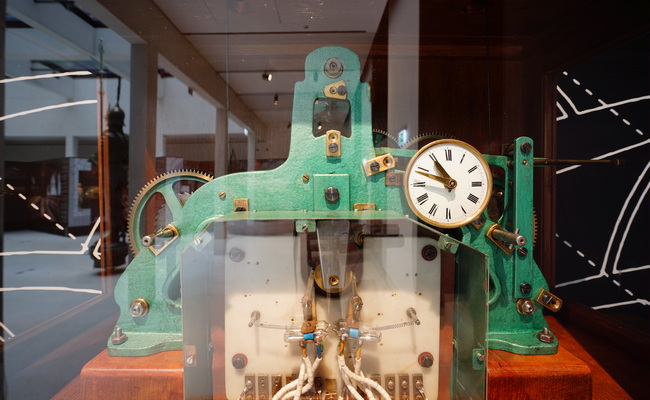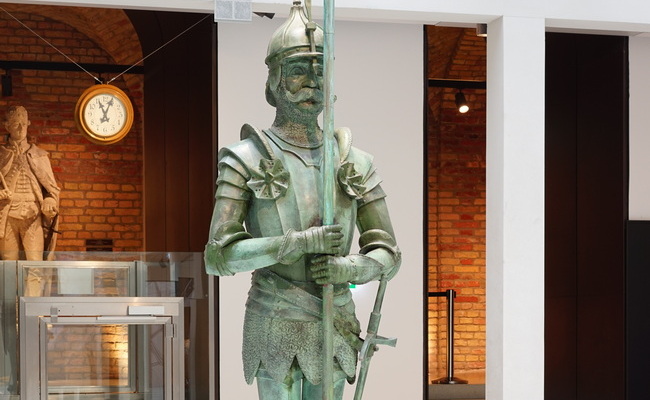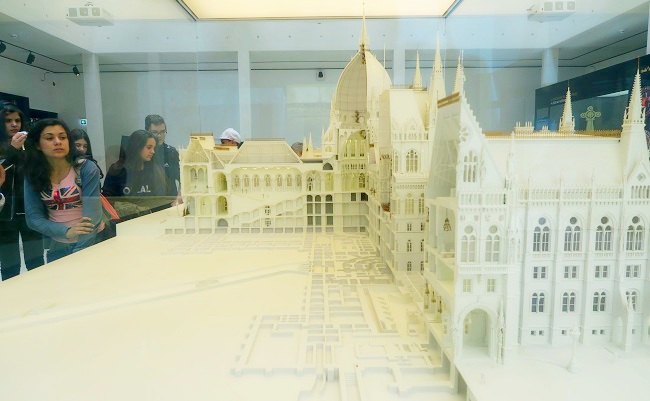The Red Star
The Red Star
During communism under the Soviets, Hungary had to incorporate the five-pointed red star into its national symbols. Not only was it inserted in the state coat of arms modified in 1949 and referred to as the ‘Rákosi coat of arms‘, but it was also mounted on the facades of buildings deemed important or at least located in prominent sites of the urban landscape, placed in the flower beds of public parks, and even onto public transport vehicles. Of course the Soviet emblems spread all over Budapest and the rest of the country were also placed on the Parliament building. The red star appeared in two places on the exterior facade: as part of the ‘Rákosi coat of arms‘ above the main entrance, from where the central coat of arms, the emblem of pre-Trianon Hungary, had been removed, and as the finial pinned onto the dome.
In the original architectural plans, the dome ended with a flag pole, also functioning as a lightning rod, rising to a height of 100 metres. This location was selected to hold a red star appropriate in size for the building and visible from all over the city. The design for an iron and glass structure of three metres in diameter and weighing over one and a half tonnes was completed in 1950 by the Mátyás Rákosi Steel and Metal Works in CsepelBudapest. The object was so heavy that eight of the already robust sixteen brackets on the dome roof had to be reinforced. The several hundred component parts of the star were lifted through the attic to the top of the dome, on which scaffolding had been erected. Since the symbol on this prominent spot was to be illuminated at night, the construction was fitted with high capacity reflectors, red glazing and a dense metal mesh to protect the star from the heat of the lights and stop the overheated glass from cracking in cold and rainy weather.
It is said that in 1956 there was an attempt to saw down the star – along with many other such emblems – that lasted for several days, however, it was to no avail since the object was incredibly solid and difficult to reach. In one respect, this was fortunate because a falling structure of one and a half tonnes could easily have damaged not only the structure of the roof but the interior of the building too. The red star was finally removed in 1990, after the fall of communism, when it was dismantled as part of the renovation work and entrusted to the Hungarian National Museum, from where it was transferred to its present location in 2015 to serve as an exhibition object.
orszaghaz_tortenete_jobb_csillag
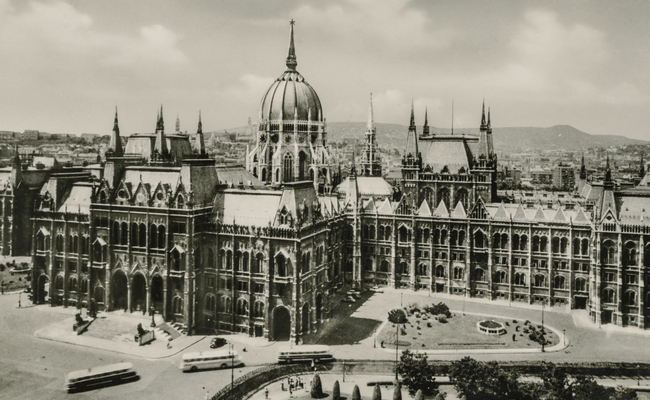
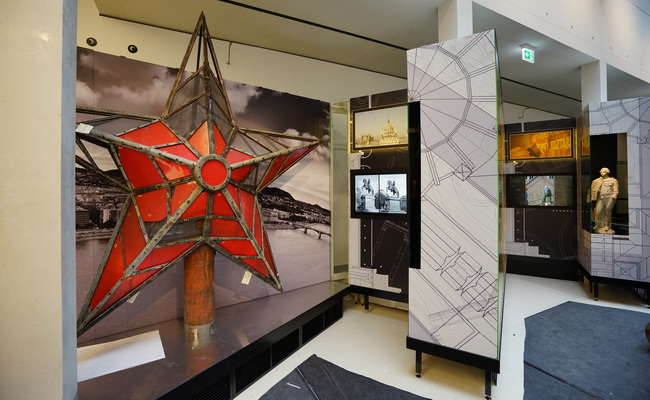
|
The exhibition is open to visitors with a ticket for a guided tour of the Parliament building; it can be viewed in the Béla Neÿ Hall as the last stop of the tour.
PURCHASE TICKETS |







